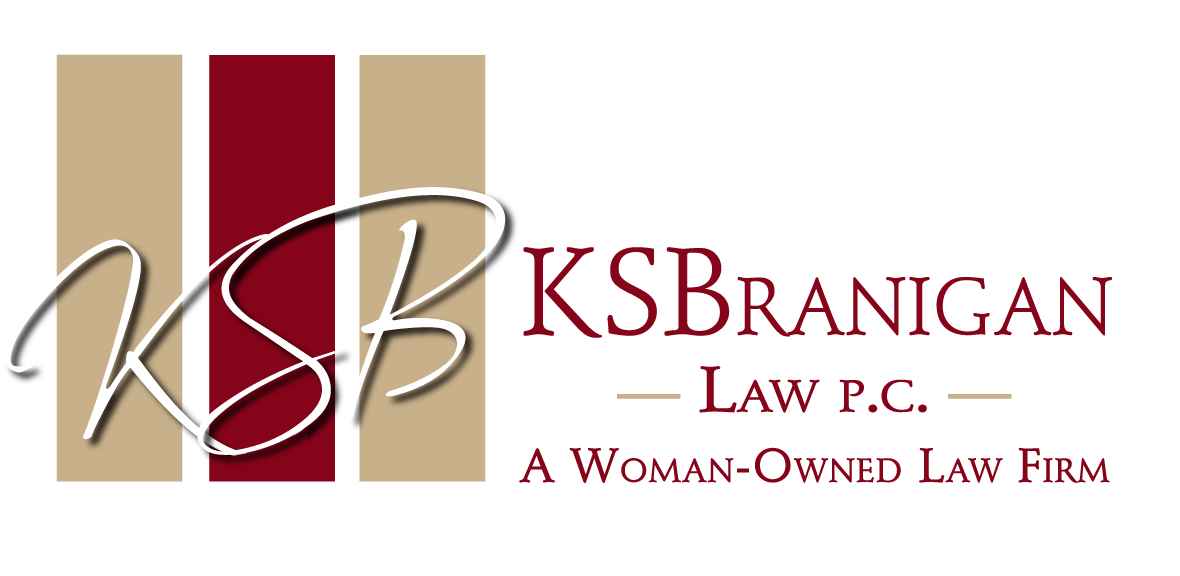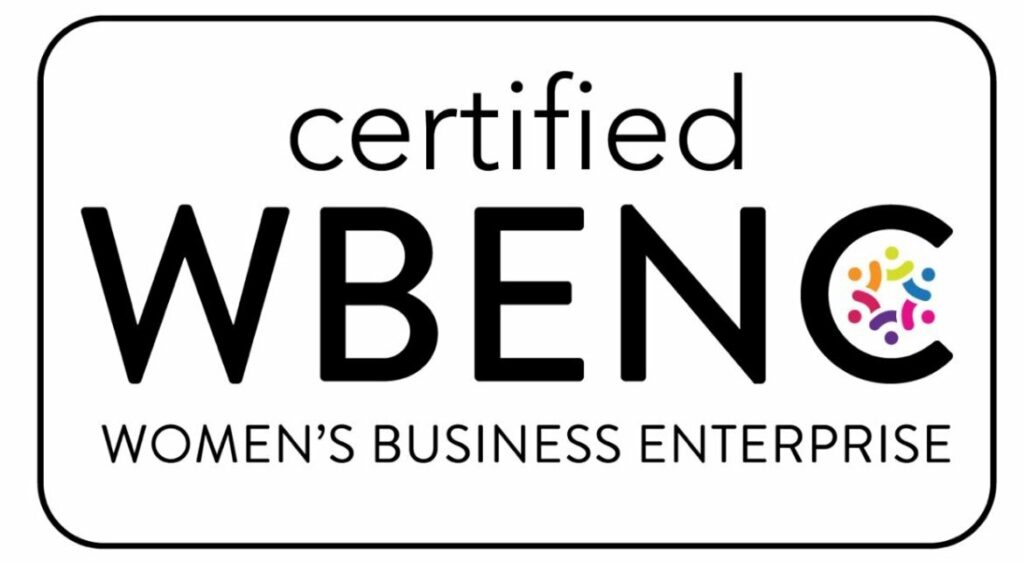Press Release
March 24, 2020
EMERGENCY PAID SICK LEAVE ACT
The new Federal Emergency Paid Sick Leave Act (EPSLA) was enacted on March 18, 2020 specifically to address the Coronavirus Disease 2019 (COVID-19) Pandemic and is part of the Families First Coronavirus Response Act (Families First Act). The EPSLA goes into effect on April 2, 2020 and expires December 31, 2020.
Under the EPSLA, full time employees are eligible for up to 80 hours (10 days) of emergency paid sick leave regardless of the amount of time they have worked for their employer. The emergency paid sick leave time for part-time employees is to be calculated as “the number of hours that such employee works, on average, over a 2-week period.” For employees with fluctuating schedules, this calculation should be based on the employee’s average hours per day over the preceding 6-months.
Who is Eligible?
Private employers with fewer than 500 employees must pay the emergency sick leave to employees unable to work (or telework) when the employee falls into one of the eligibility categories. Employees who are unable to work for the following reasons are entitled to their regular rate, up to $511 per day:
• The employee is subject to a Federal, State, or local quarantine or isolation order related to COVID-19;
• The employee has been advised by a health care provider to self-quarantine due to concerns related to COVID-19; or
• The employee is experiencing symptoms of COVID-19 and seeking a medical diagnosis.
An Employee who is (a) caring for an individual who has been ordered by government authority or a health care provider into quarantine or isolation or (b) caring for the employee’s child whose school or place of care has been closed, or the child care provider of that child is unavailable, due to COVID-19 precautions is eligible for payment of two-thirds of the employee’s regular salary, up to $200 per day. Employees of a health care providers or first responders may be excluded.
Other Provisions of the EPSLA include the Following:
• The employer cannot require the employee to find a replacement to cover the employee’s work hours.
• The employee must use the sick leave provided by the EPSLA first, and the employer cannot require the employee to exhaust any other paid leave provided by the employer before receiving EPSLA benefits.
• Emergency paid sick leave time cannot be carried over from one year to the next.
• Eligibility for paid sick time provided to employee ceases “with beginning of the employee’s next scheduled workshift immediately following the termination of the need for paid sick time.”
• There are also special provisions pertaining to employees who work under multiemployer bargaining agreements.
• The EPSLA is not intended to diminish the rights or benefits to which an employee is entitled under any other Federal, State, or local law, under a collective bargaining agreement, or under an existing employer policy.
• The EPSLA also does not require an employer to provide financial or other reimbursement to an employee for unused emergency paid sick leave upon the employee’s termination, resignation, retirement, or other separation from employment.
• Employers are required to post a Notice (being prepared by the US DOL) of this Act.
Retaliation & Discrimination are Prohibited
Employers are prohibited from discharging, disciplining, or discriminating against employees in any other manner for taking leave, attempting to claims benefits, or exercising their rights under the EPSLA.
EMERGENCY FAMILY AND MEDICAL LEAVE EXPANSION FOR CHILD CARE
The Families First Act also includes an amendment to Family and Medical Leave Act that provides for up to 12 weeks (90 days) of job-protected and partially paid leave to employees who must stay home to care for children under the age of 18 because their schools or places of child care have been closed due to the COVID-19 outbreak. Employees working for companies with less than 500 employees are eligible for this benefit as long as they have worked for the company for at least 30 days. Employees are entitled to two-thirds of their regular pay, up to $200 per day, after a 2-week unpaid period. (However, the EPSLA is designed to cover two weeks of emergency paid sick leave.) Notably, job-protected leave for other reasons under the Family and Medical Leave Act includes unpaid leave and has more stringent eligibility requirements.
PAYING FOR FEDERAL EMERGENCY PAID SICK LEAVE AND CHILD CARE LEAVE
Employers of less than 500 employees can receive 100% reimbursement for Federal Emergency Paid Sick Leave through payroll tax credits, which can be offset immediately. Health insurance costs are also included in the credit.
In addition, up to 10 weeks of the paid child care leave is eligible for the credit and additional tax credits are available for health insurance coverage during paid child care leave.
The requirements are subject to 30-day non-enforcement period for good faith compliance efforts.
Where a refund is owed, the IRS intends to provide refunds quickly.
SMALL BUSINESS PROTECTIONS
Employers with less than 50 employees can seek exemption from the requirement to provide paid emergency child care leave when the viability of the business is threatened. Also, employers with less than 25 employees will not have to guarantee an equivalent position to the employees returning from emergency child care leave.
Self-employed individuals are eligible for an equivalent payroll tax credit as those indicated above.
Additional information can be found at: www.dol.gov and Coronavirus Tax Relief on www.IRS.gov.
This summary is for informational purposes only and is not intended to constitute legal advice. This information should not be reused without permission.


